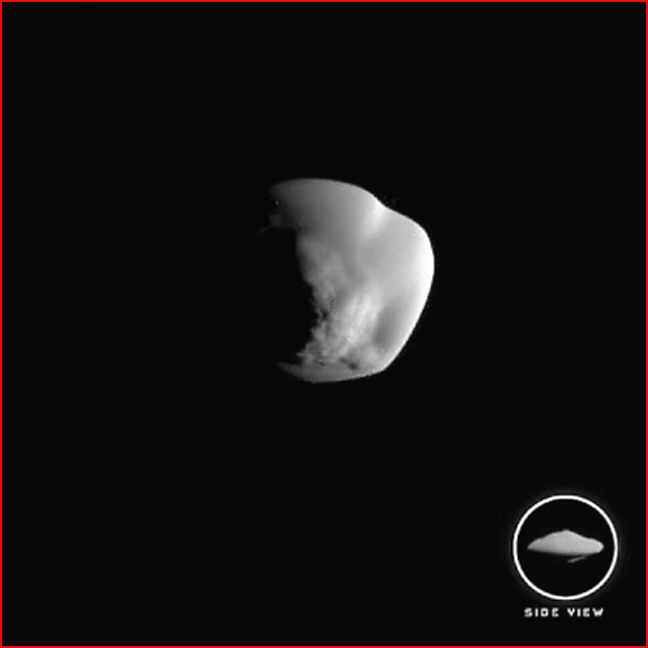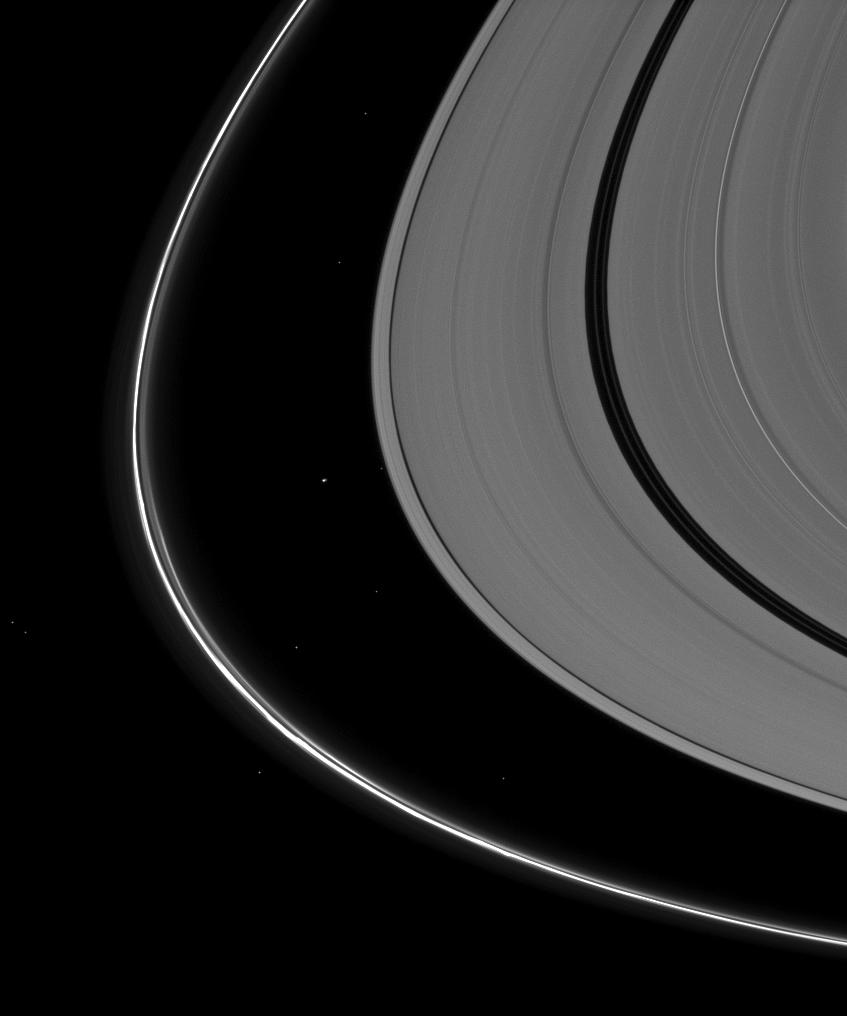

"We can only speculate as to the cause of the stress." "This means that there must have been an enormous amount of stress in the brittle crust of the Moon in the past," adds Wagner. The tectonic graben on Rhea are up to four kilometres deep.

"By correlating the high-resolution images with spectroscopic data, we found that the conspicuous brightness of these lines is caused by the exposure of almost pure water ice on the escarpments of these tectonic structures," explains the planetary geologist. They may have arisen during periods of extensional and shearing tectonic activity. "The high-resolution image data from Cassini was the first to reveal that the bright lines are actually tectonic in origin, meaning that they are fractures in the ice crust, created during sudden releases of crustal stress," explains Roland Wagner from the DLR Institute of Planetary Research (Institut fur Planetenforschung IPF). The origin of these thin lines was a mystery for a long time. Of particular interest are a number of long, usually linear structures over 100 kilometres long, that are winding in some places.

Recently, two instruments on Cassini discovered a thin oxygen-carbon dioxide atmosphere, or exosphere, on Rhea.įractures in the brittle ice, with temperatures as low as minus 200 degrees Celsius The atlas comprises the most detailed images of Rhea to date and provides an insight into the geological development and surface composition of the moon. The data was obtained during two fly-bys in September 2009 and March 2010, from distances as close as 100 kilometres. The atlas includes a number of high-resolution images and a three-dimensional view of fractures on the icy world acquired by the Cassini spacecraft, which has been orbiting Saturn for six and a half years. Researchers at the German Aerospace Center have compiled an atlas of Saturn's second largest moon, Rhea, which has been published by NASA.


 0 kommentar(er)
0 kommentar(er)
